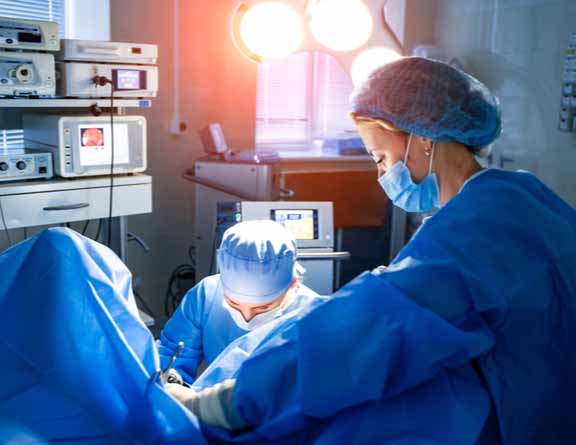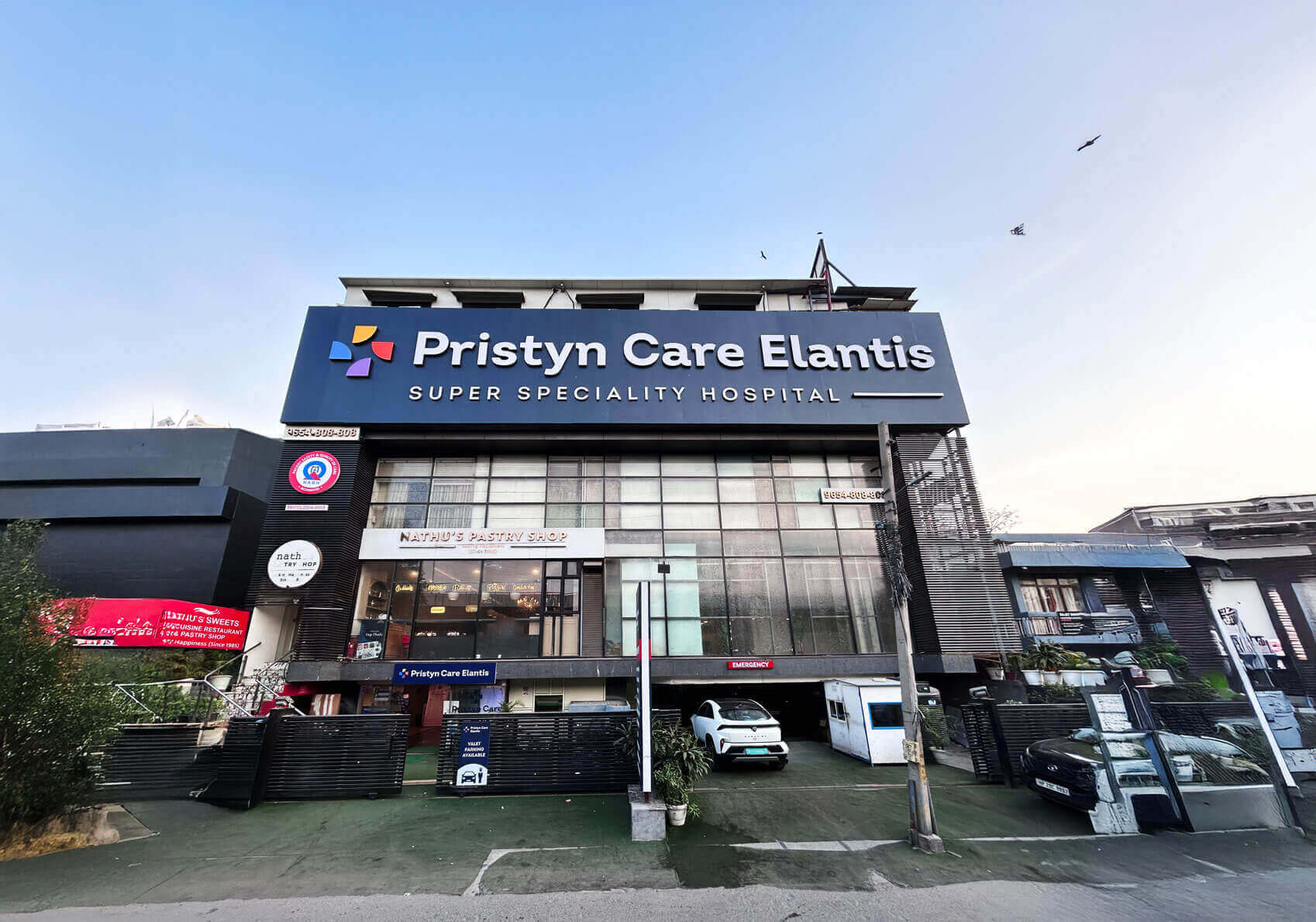
Delhi
USFDA Approved Procedures
Minimally invasive. Minimal pain*.
Insurance Paperwork Support
1 Day Procedure


Paediatric Glaucoma Treatment Available
Paediatric glaucoma, a severe eye condition in children, requires prompt treatment to prevent vision loss. Pristyn Care in Delhi offers advanced solutions to manage this condition effectively.
Trabeculectomy is a common surgical procedure to treat paediatric glaucoma. It aims to reduce eye pressure by creating a small drainage hole in the sclera (the white part of the eye). This allows excess fluid to escape, lowering intraocular pressure. The procedure is performed in an operation theatre (OT) under anaesthesia, ensuring the child feels no discomfort during surgery. After surgery, careful monitoring and follow-up visits with the doctor are essential to ensure the surgery’s success and manage any complications that might arise. This procedure can significantly help preserve vision in children affected by glaucoma.
Goniotomy is particularly effective for children with primary congenital glaucoma. During this procedure, doctors make an incision in the trabecular meshwork—a part of the eye’s drainage system—to improve fluid outflow. This helps in reducing eye pressure and preventing further damage to the optic nerve. It is usually performed under general anaesthesia so that the child remains comfortable and still. Post-surgery care involves regular check-ups to monitor intraocular pressure and overall eye health, ensuring that the treatment achieves its intended outcomes.
Iridotomy is another technique used when treating paediatric glaucoma. In this procedure, a tiny hole is made in the iris (the coloured part of the eye) using a laser. This helps in equalising the pressure inside the eye by allowing fluid to flow more freely between different parts of the eye. The procedure is generally quick, with minimal discomfort for the child, although it requires precise execution by skilled ophthalmologists. After iridotomy, follow-up visits are crucial to evaluate the effectiveness of the treatment and make any necessary adjustments.
Tube implant surgery involves inserting a tiny tube into the eye to facilitate better fluid drainage and reduce intraocular pressure. This method is especially useful for cases where previous surgeries have not been successful or when other treatments are not viable options. Conducted under anaesthesia, tube implant surgery requires thorough pre-operative planning and post-operative care to ensure long-term success and stability of eye pressure in children. Regular visits to the clinic help monitor healing and adjust any ongoing treatments as needed, safeguarding your child’s vision health effectively.


 NABH
NABH
Pristyn Care Elantis is dedicated to revolutionising surgical care. We combine the latest medical technology with highly skilled professionals and a patient-centric approach to transform the healthcare experience. Our team of doctors at Pristyn Care Elantis, strives to simplify the entire patient journey, ensuring a seamless process from diagnosis through recovery.
We offer specialised treatments across a wide range of medical fields, including proctology, laparoscopic surgery, ENT (ear, nose, and throat), vascular, gynaecology, urology, aesthetics, orthopaedics, ophthalmology, and weight loss solutions.
The Suites & Rooms at Pristyn Care Elantis are designed with your comfort in mind, offering a welcoming ambiance and top-notch amenities to make your stay as pleasant as possible.
Our highly skilled medical team, supported by advanced infrastructure, makes us a trusted choice for comprehensive healthcare solutions.
...Read More
Delivering Seamless Surgical Experience in India
Your safety is taken care of by thermal screening, social distancing, sanitized clinics and hospital rooms, sterilized surgical equipment and mandatory PPE kits during surgery.
A dedicated Care Coordinator assists you throughout the surgery journey from insurance paperwork, to free commute from home to hospital & back and admission-discharge process at the hospital.
Our surgeons spend a lot of time with you to diagnose your condition. You are assisted in all pre-surgery medical diagnostics. We offer advanced laser and laparoscopic surgical treatment. Our procedures are USFDA approved.
We offer free follow-up consultations and instructions including dietary tips as well as exercises to every patient to ensure they have a smooth recovery to their daily routines.
Paediatric glaucoma is a rare eye condition in children where high pressure inside the eye damages the optic nerve. This usually happens because the fluid in the eye doesn’t drain properly.
Children with this condition might show signs like cloudy eyes, being sensitive to light, too much tearing, and unusually large-looking eyes.
This condition is often due to a congenital defect, meaning it’s present at birth and affects how fluid drains from the eye.
To diagnose paediatric glaucoma, doctors perform a detailed eye exam. This includes checking the optic nerve and measuring the pressure inside the eye.
Glaucoma treatment for children mainly involve surgery to help improve fluid drainage from the eye since giving medication to young children can be difficult.
While any vision loss cannot be reversed, starting childhood eye pressure treatment early can prevent further damage to the child’s vision.
Paediatric glaucoma surgery plays a crucial role as it helps reduce eye pressure by making fluid drainage better, which is important for childhood eye pressure treatment.
Unfortunately, vision loss from glaucoma cannot be undone. However, with proper treatment, further damage can be prevented.
Regular follow-up visits are essential to check on eye pressure and make necessary adjustments to treatment plans.
While lifestyle changes can’t directly manage glaucoma, maintaining overall good health supports better eye health in general.
When it comes to treating glaucoma in children, it’s crucial to identify if a child qualifies for the treatment. Here is the eligibility criteria for childhood eye pressure treatment:
To figure out if a child needs paediatric glaucoma surgery, doctors perform several checks:
Glaucoma treatment for children often involves surgery, with medicines offering support. Here’s how the process typically includes:
Getting ready for paediatric glaucoma surgery involves several steps:
After paediatric glaucoma surgery, here’s what you can expect and what you should do: